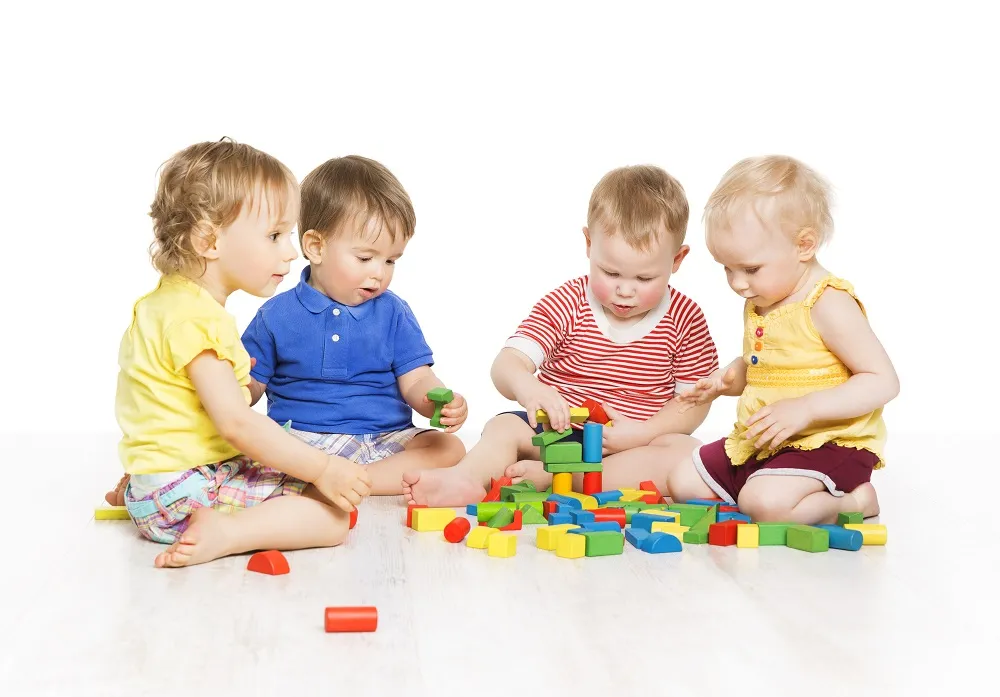As parents, we want our children to be successful in school and in life. One of the best ways to help them achieve this success is to introduce them to problem solving at an early age. Problem solving is a skill that will serve your child well throughout their life. It involves breaking down a problem into smaller pieces, brainstorming possible solutions, and then choosing the best course of action. Not only will this help them succeed academically, but it will also teach them how to handle challenges in a constructive way.
Here are a few tips on how you can introduce problem solving to your kids:
Help them to identify the steps to problem solving: Awareness is key. When a child encounters a problem, it’s important that they have the tools to break it down in order to better understand how to deal with it. The four steps to problem solving are: define the problem, brainstorm solutions, pick a solution, test the solution, and review the results. This can be a simplified process used to help your child build awareness around problems in various situations.
Encourage open-ended questions. One of the best ways to encourage problem solving is to encourage your child to ask questions that require a thoughtful response. For example, questions such as “Why do you think…happened? What do you think will happen if…? What makes this work?… How might you do this differently next time?” By asking higher level questions, they will learn how to identify the problem and start thinking about possible solutions in a more detailed way. This not only helps them to learn more about the world around them, but it also helps them to develop critical thinking and problem-solving skills.
Encourage grappling. While perseverance is a key part of problem solving, grappling goes beyond that and includes critical thinking, observing evidence, asking lots of questions, forming hypotheses, and forming a deep understanding of a problem. There are plenty of opportunities to practice grappling in both school and home settings. One subject area that children frequently struggle with is in math. Oftentimes, students become discouraged and give up. Teachers and parents can encourage their children to grapple with various problems by first administering an easy math assessment to meet children where they currently are. Once they have a clear starting point, students can build on their skills and knowledge by spending more time, effort, and critical thinking.
Praise Their Efforts
When your child does solve a problem, be sure to praise their efforts, regardless of the outcome or results. This will help them feel good about their accomplishment and encourage them to keep problem solving. When children feel like their effort is recognized, they’re more likely to keep trying and eventually find a way to solve the problem. Some examples of praise are “great job coming up with a thoughtful question about…”, “I like your persistence in trying to…”, “I can tell you’re putting a lot of effort into…” Be sure to keep your praise specific to the task so that it is sincere and meaningful to your child.
Model Problem Solving Behavior
Another great way to introduce problem solving to your kids is to model behavior. When you’re faced with a challenge, take the time to show your kids how you’re tackling it. This will give them a real-life example of how problem solving works and how it can be applied to everyday situations. For example, when your child is having trouble with a task, take a few moments to model how you would approach the problem. Explain each step aloud as you go, and encourage your child to ask questions if they need clarification. You can also provide opportunities for your child to practice problem solving by setting up simple challenges or puzzles for them to solve. As they watch you model effective problem solving and then have a chance to try it themselves, they’ll gradually develop the skills they need to become successful problem solvers themselves.
The ability to creatively solve problems is not a fixed skill and can be learned by students, nurtured by teachers, and practiced by everyone. As parents, we can help our children develop this skill by encouraging them to ask questions, explore multiple solutions and celebrate their success when they find one. Practicing these habits at home will give our kids a valuable toolkit they can use both in school and throughout life. And remember, since children observe and learn from their environment, it is important to be mindful of the ways in which we, as adults, model problem solving.












